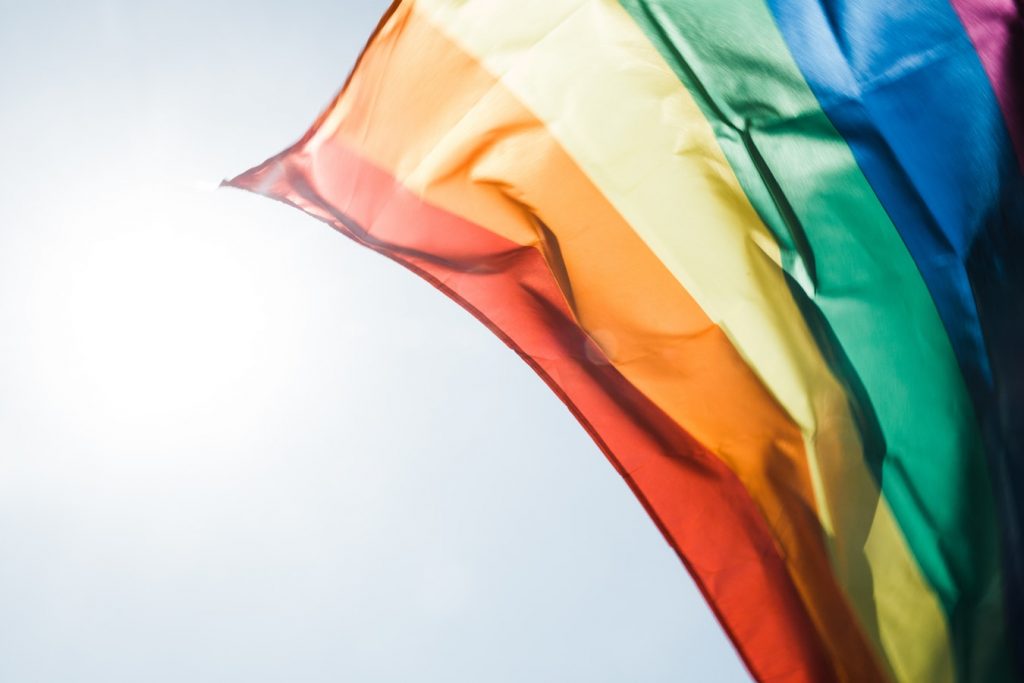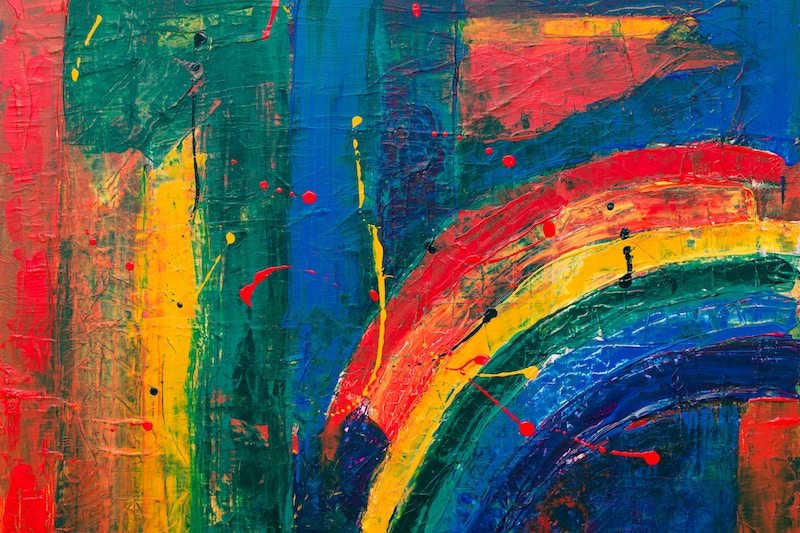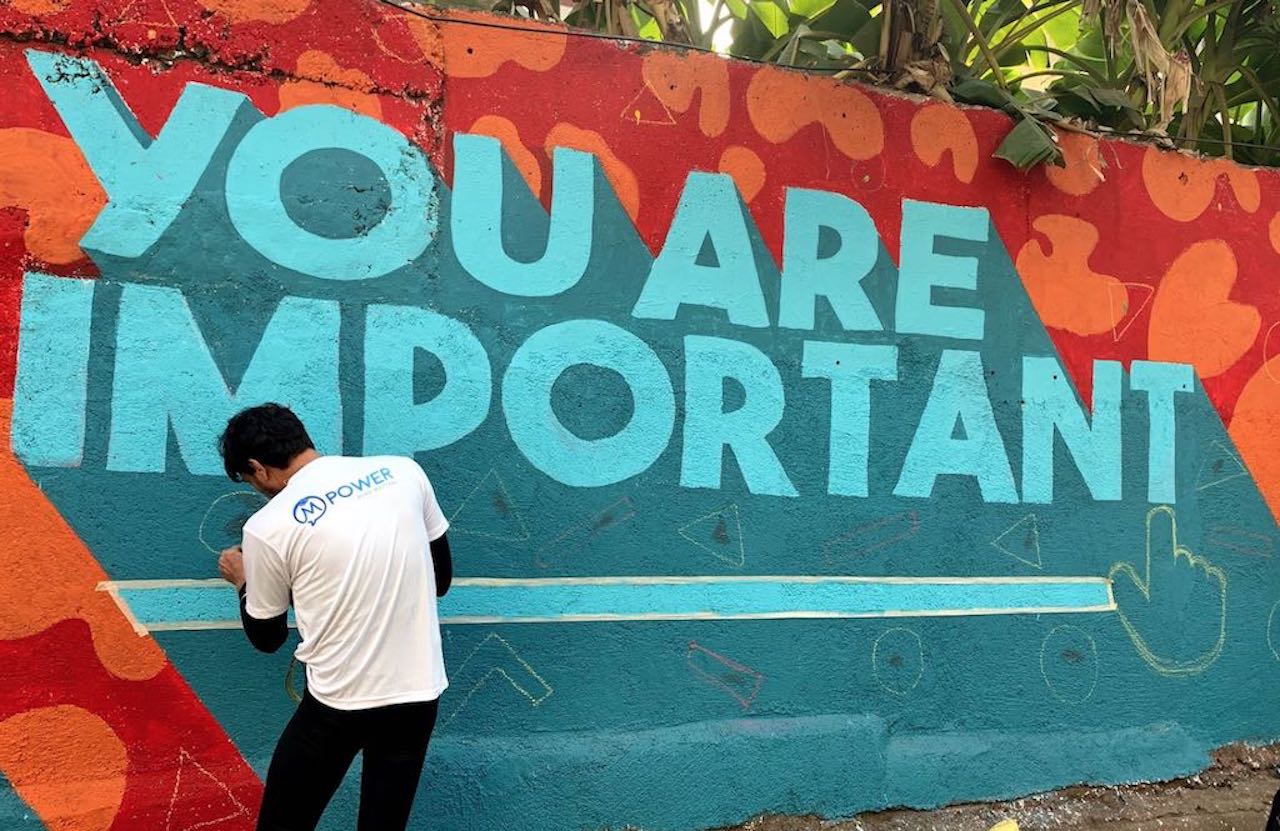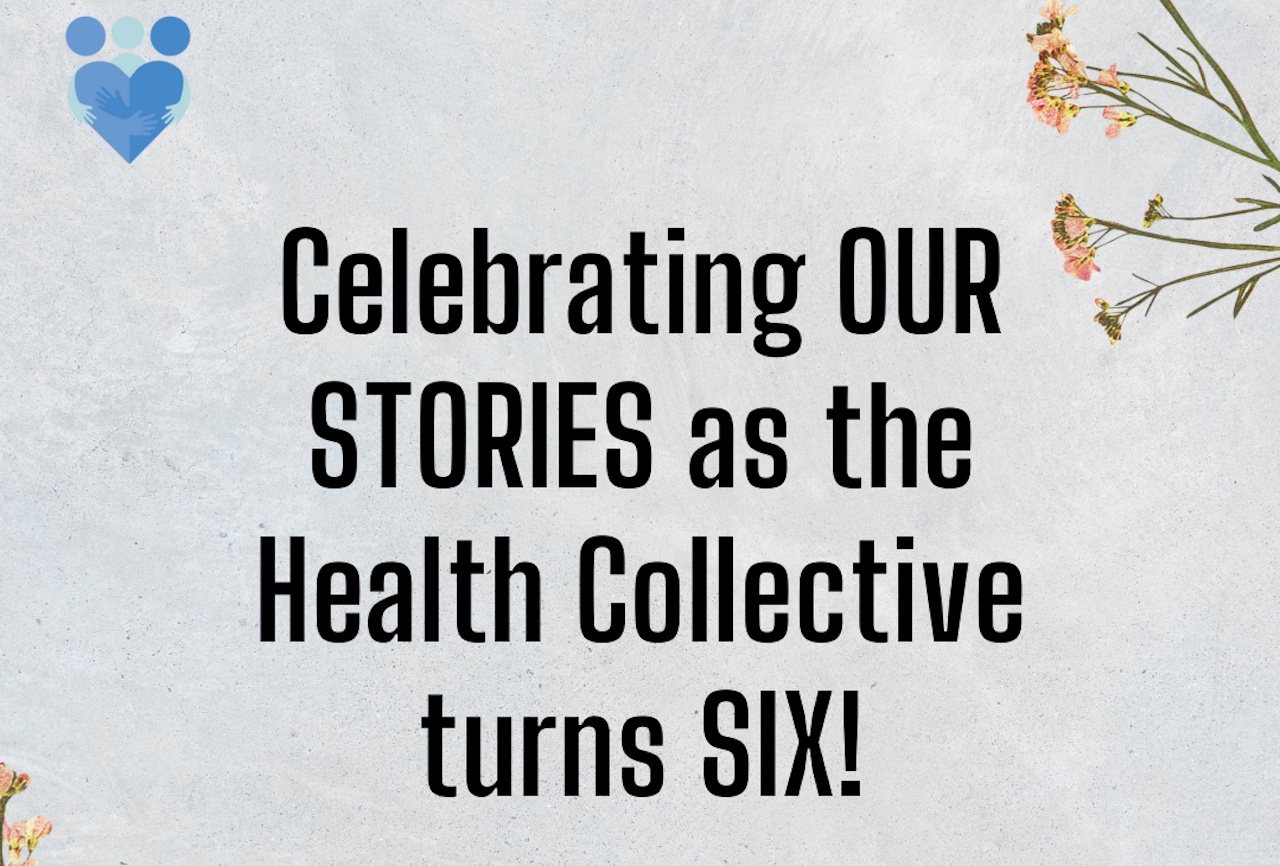Center the Margins: Understanding Queer-Affirmative Therapy
By Scherezade Siobhan
I was woken up this morning by a message from a young therapy client today and the text read as follows–
“Hi, just thought I’d share that my dad sent me a bouquet of roses and a card that says “Freedom”. He was on whatsapp with me through the time the verdict was being passed. Can’t believe this is the same man who wouldn’t look me in the eye after I told him I was gay 5 years ago. I am so happy today! Freedom Indeed!”
R is a doe of light in any room. Instantly brightens the atmosphere with his quick wit and a steady parade of anecdotes. R wants to be a voice over artist. R has also attempted to end his life at least 4 times in his 20 years of existence. All these attempts were after he came out to his parents when he turned 15. The family has sought therapy and counselling with me for over a year and it moved me immensely to read this text from him, because I have witnessed first-hand the emotional and psychological instability he was faced with after he openly rung the bell to stake claim to his own sexual and personal identity.
Queerness in India—whether incendiary or camouflaged in how we occupy space—was criminal in the eyes of the law till 6 September 2018. After nearly 150 years, the Supreme Court of India ruled unanimously in Navtej Singh Johar v. Union of India that the repulsive Section 377 was unconstitutional “in so far as it criminalises consensual sexual conduct between adults of the same sex”.
At my own clinic, an overwhelming gust of joy blew out all our schedules and plans for the day and as a queer woman in India, I felt an immense sense of visibility and validation that replaced years of apprehensions of openly admitting to my own bisexuality.
However, even while celebrating this moment of exultance that we hope will last many lifetimes, we have to focus on how to co-invest time, efforts and energies in ensuring that this judgment translates into a truly integrative form of empowerment that allows queer folks in India to fully feel at home, wherever they may choose to be and however they may choose to be.
ALSO READ: THE FREEDOM SERIES: BEING GAY AND ‘MANNING UP’
One of the most critical forms of care is to have a reliable route to help for mental health. The psychiatric/mental health communities in the country really need to bolster their efforts for a queerness-informed approach to therapy, counselling and psychiatric interventions that cause instant extinction of any extortionate, pathologising and outmoded practices including but not limited to such repellent “techniques” as conversion therapy.

Accessing mental health that centers queer narratives without trying to forcibly position the experiences under a heterosocial microscope, one that sits on the intersection of amplified cognisance about caste, class and gender privilege is still nearly impossible for a large percentage of folks under the LGBTQIA umbrella.
The recently passed Mental Healthcare Act, 2017 has definitely been a decisive step in the right direction by decrying the outworn attempts at classifying any form of queer sexuality as a mental health disorder or illness. It also categorically states the need for counselling practices to help support homosexual (and other queer) clients as opposed to enforcing or attempting to change them.
The Act notes in no uncertain terms that every individual citizen with a mental illness should be treated as equal to persons with physical illness without any discrimination based on gender, sex, sexual orientation, religion, culture, caste, political or social beliefs, class and disability. We are hitting some compelling legal milestones when it comes to recognising the need for equality and universal recognition of queer rights in this country, particularly from the perspective of mental wellbeing. The Indian Psychiatric Association has also openly declared that homosexuality is absolutely not a diagnosis for a mental illness. These measures can affect significant corrective actions in how counselling care should be energised towards queer mental health in India.
ALSO READ: THE FREEDOM SERIES
That said, our real summons to contest will be a thorough application based approach to these legal victories.
Over the years I have sat in umpteen therapy sessions with parents dragging their queer kids to my office with a hackneyed premise – “Fix this.”
I often bit my tongue with a hiss “– Can’t. But can I fix you instead?”
I don’t invalidate the confusion a parent might experience when they can’t comprehend what their child is struggling with, but at the same time, I don’t think it deserves to be over-riding or of a generally greater significance, especially since I know personally what the kids might be going through on a daily basis.
On other days, I have tried to dam the outpourings of men and women who shook in fear and rage as they described what they had to bear in order to just stay alive. Day after day the infuriating babel of social and cultural forecasts that somehow couldn’t factor the simplicity of how love and desire that doesn’t seek to harm, should never have to seek permission either.
Not to mention the riling indifference of an entire HR workforce towards the harassment faced by a newly transitioning co-worker, while asking me to work on an “emotional wellness” program for their C-Suite.
These phases, these traces informed the ways in which I built my own counselling practice which centers the rights of those who are pushed into the margins. The right to be forthrightly queer, the right to refuse psychological and socio-cultural vivisection—the right to unapologetic and radical embodiment; the refusal to attest to bigoted conventions; these rights need to be respected within a therapeutic engagement.
Therapeutic space should aim to be safe for anyone who enters it. It should ask itself what power differentials it needs to shed in order to expand its borders and center the margins. It needs that safety so anyone who invokes a radical authenticity and arches into an expression of trust with a mental health professional can feel comfortable speaking, summoning and surmounting their own struggles. It is the space in which we co-create the possibility of selves emancipated, selves open to exploring the strength of breaking and rebuilding on their own terms. It should focus on affording resilience without stigmas.

Here are 3 critical and non-negotiable ways in which mental health professionals need to make themselves more available and responsible for queerness-informed approaches to therapy.
- Educate yourself about queer history—Learn the history of queer rights both globally and locally. Especially locally. We live in the information age so knowledge accessibility is not a challenge. Are you familiar with the work done by Naz Foundation or who Grace Banu is and their activism? Are you aware that Asia’s first genderqueer pride march was held in Madurai? Do you know why Dominic D’Souza and Madhu Kinnar’s struggles and successes are of importance? Largely, India’s mental health studies curricula remain woefully inept at rising above regressive tropes and archaic theorising. This makes it even more essential for practising therapists, psychologists and psychiatrists to be well acquainted with social and political aspects of queer movements. This is particularly important if you are not queer-identified yourself and want to avoid the agonising errors in parsing queer life stories under a heteronormative lens.
- Mind your Language— Not to invoke that trenchant slapstick series but really, do be mindful with the language you use with your queer clients. Familiarise yourself with the appropriate terminology while you address their concerns. E.g. There is no “gay sex” but there is sex between gay people. Understand the trauma you cause while casually mis-gendering trans clients. These are a strict no-no. Get with the program. There are wonderful resources available for you online. As the folks at Qmunity say – Inclusive language is complex and evolving. You can be too. Queer-affirmative practices are beautifully documented in this manual by Ketki Ranade and Shruti Chakravarty. Sappho for Equality has compiled a handy gender-affirmative guide that is relevant and comprehensive.
- Keep it Intersectional— Caste, class, social and cultural locations impact the experience of queerness across various groups of people. It is fallacious to expect that every queer presentation is going to be the same. A lot of folks don’t have the social privilege or currency to fully express themselves. As wide as this umbrella is, sometimes it is unevenly tilted towards a specific letter in the LGBTQIA combination. Casteist, classist and capitalist practices impact how queerness is experienced within the community and it would bode well to recognise this when consulting with a client. Not everyone has a bright rainbow shining behind them. Not everyone has found a resonant community or enduring support systems. There are exclusionary hierarchies even within the queer communities. Be attentive to these underlying veers and cusps. Ask without assumption. Listen without a need to overpower with reactions. Opinion is not conviction. Neither is a substitute for an intelligent compassion.
The work is just beginning. Justice Chandrachud quoted Vikram Seth, Leonard Cohen and of course Dr. Martin Luther King in his impassioned declaration against Section 377 – “the arc of the moral universe is long, but it bends towards justice“.
And justice is preserved in daily actions of fortitude and kindness.
Views Expressed are Personal. The Health Collective is not a substitute for expert advice from a trained mental health professional.




